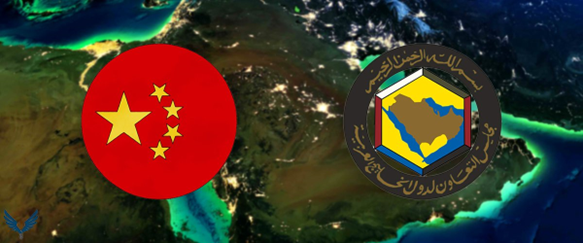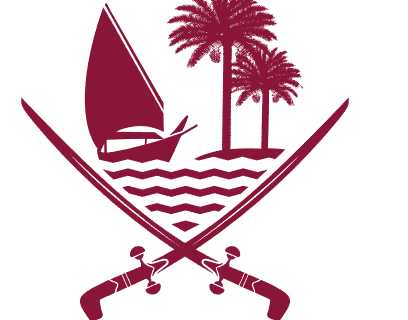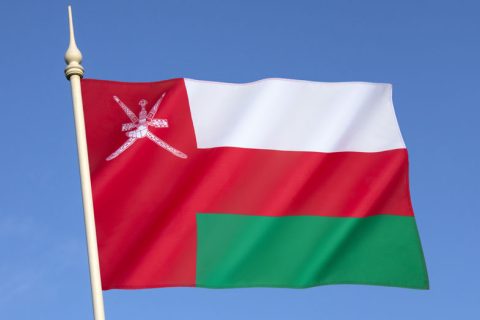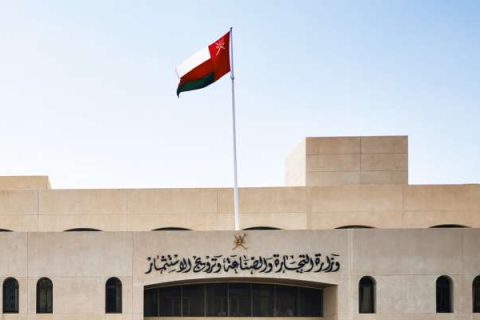China’s trade volume with six GCC nations has increased significantly in recent years, and as a result of these commercial links, China has become a major economic partner for the GCC. The GCC are the gulf cooperation countries with strong Intellectual property protection and enforcement laws.
In July 2004, China and the Gulf Cooperation Council (GCC) announced the launch of China-GCC Free Trade Agreement negotiations. Till now, the two parties have held five rounds of negotiations and have reached agreement on the majority of issues concerning trade in goods. Negotiations on trade in services are also launched. In this article, we analyze how the trade between China and the GCC effects intellectual property activity?
Because all of the Arab Gulf Cooperation Countries (“GCC”) are WTO members, the rules regulating intellectual property rights in the area have been updated to meet TRIPS criteria. Other moves toward unifying IP procedures in the GCC include the adoption of uniform rules governing customs throughout the GCC, the Unified GCC Patent Regulation, and the Unified GCC Patent Office, the unified GCC trademark laws. While there is no unified prosecution highway within the Gulf states (Saudi Arabia, United Arab Emirates, Oman, Bahrain, Kuwait and Qatar) all of these countries have individually and collectively updated their IP laws and procedures to ensure utmost protection of IP owners rights.
This shift and improvement in local trademark and patent laws and regulations in the gulf has stimulated further trade with China, which now has a lot of proprietary innovations and trademarks. The GCC countries are all characterized by being open to international trade therefore we are expecting them to grow faster, innovate, improve productivity and provide higher income and more opportunities to their people, all of this will be safeguarded with transparent, effective and efficient intellectual property laws and eco-systems in the gulf countries.
The development of intellectual property activities has increased the trade between China and GCC which in turn acts as an economic policy instrument to encourage investment in research and development and further expansion and collaborations.
The number of trademarks registered in the GCC by 68% over the last 6 years.
In line with the increase in trademark protection locally, we expect the investments and increase in trade will lead to increase in innovations imported from china to the GCC and collaborated on locally to create jointly owned local innovations. Based on data from WIPO there were no significant changes in the number of patents registered in the GCC region by Chinese entities. This was not surprising however as based on our experience, the process for transforming R&D to applicable innovations and patents is at least 7 years. So we may start seeing an increase in the number of patents from this year onwards, but not before. collaborations on innovative projects.
The China-GCC economic relationship has diversified beyond energy, and the two sides have economic interests that are increasingly complementary. Consequently, Intellectual property serves to grant exclusive rights to the creator, safeguard the creator’s interests, and stimulate investment in research and development in the economy.
Interesting Chinese investment projects in Saudi Arbia:
The Saudi Vision 2030 and Chinas belt road initiative when combined can create a lot of opportunities in strategic sectors. Collaborations is not limited to the petrochemical sector, it is further extended to manufacturing, mining power and renewable energy. China’s state-owned Silk Road Fund announced in June 2019 that it had acquired 49% stake in the Saudi Arabia-based ACWA Power Renewable Energy Holding company. As strategic as the investment in renewables is, the Chinese have also landed another key piece of the telecommunication market in the GCC, whereby the Chinese technology firm Huawei is responsible for overseeing 5G development projects in all the Gulf states.
Interesting Chinese investment projects in UAE:
As China seeks the Silk Road Revival the United Arab Emirates is a key and strategic focal points for Chinese economic activity in the Gulf specifically and in the entire middle east to be fair. There are multiple active Chinese companies and entities across the spectrum of industries in the UAE ranging from infrastructure projects, engineering, procurement and construction work, technology, transport, and logistics. There are too many investments in the UAE to talk about, so we will include a briefing of each sector below:
Investment in technology and innovation in the UAE by China:
Technology collaboration was always there between china and the UAE. This collaboration and investment was brought to light by Expo 2020 where the robot ‘OPTI” which was designed and developed by the Chinese Terminus Group was used as the as the official Dubai Expo 2020 mascot to greet all visitors.
Investment in Infrastructure, transport and logistics in the UAE by China:
Chinese firms have invested approximately $1.63 billion in a variety of investments at Abu Dhabi’s KIZAD port. Moreover, Chinese state-owned enterprises have been heavily involved in the construction, development, and operation of the UAE’s Etihad Rail project for many years now, “which has included everything from construction of the tracks to supplying raw materials.
For further readings:
– Chinese group eyes $10bn industrial investment in UAE
– China Seeks Silk Road Revival Through Heavy Investment in the Middle East
– China’s Gulf Investments Reveal Regional Strategy
– China deepens ties with UAE with industrial investment
Some interesting Chinese investment projects in Oman:
One of the more interesting investment projects china has invested in in Oman is the DUQM port, which is a coastal city about 300 miles (480km) from the capital, Muscat. Prior to 2011, the city was one of the many sparsely inhabited fishing villages along the coast of Oman. The Oman vision reimagined this city as a new special economic zone and industrial city with a port, luxury hotels and housing complexes to cater for thousands of workers. This is very interesting and exctiting for Oman, and China has been a key player in making this vision happen. We are expecting much innovation and joint IP to be generated from this project. For further readings:
– Oman’s Duqm emerging as new arena for China-US competition
– Oman counts on Chinese billions to build desert boomtown
– Five years ago there was nothing’: inside Duqm, the city rising from the sand
We hope this was an interesting read.
If you have any questions on:
- Innovation
- R&D initiatives and commercialization opportunities in the GCC
- Intellectual property
- Trademarks in the GCC
- Patents in the GCC
- Reach out @Alyafi IP Group









